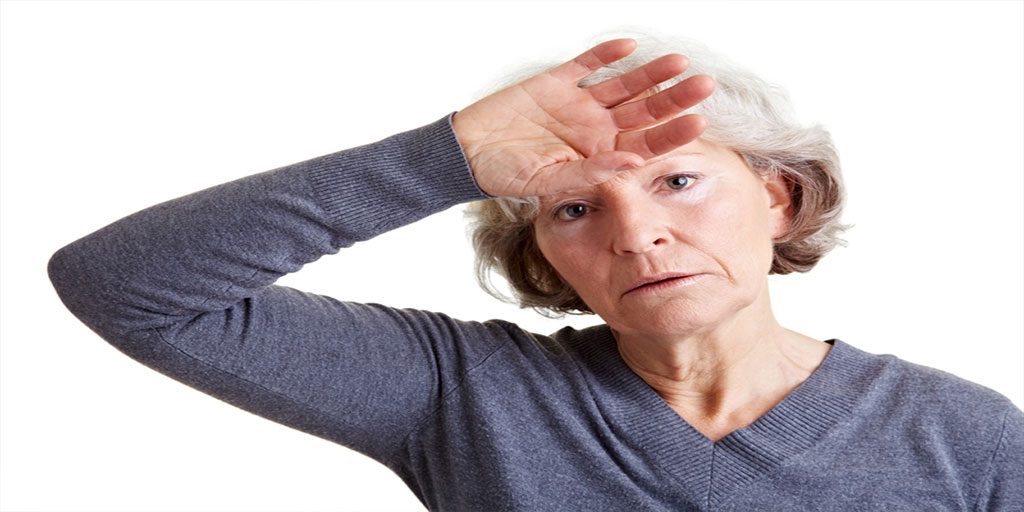


29 July 2018
Home Remedies for Menopause Hot Flashes
By hollandandbarrett.com
Experiencing menopause can be stressful and frustrating at times yet it’s something that all women must go through. Whilst some women opt for hormone replacement therapy (HRT) to manage their menopausal symptoms, some prefer to choose methods that are more natural. Here, we compile 11 of the best natural menopause remedies, from herbal help to lifestyle advice.
Herbal remedies
1. Try taking some black cohosh
This is an extremely popular herbal remedy for menopausal symptoms, including hot flushes. Thousands of women swear by it, while some studies have found it has a positive effect on hot flushes. Black cohosh is not recommended if you have a history of liver problems.
2. Opt for some red clover
Another very popular herbal remedy, red clover contains isoflavones, plant chemicals, which have an oestrogen-like effect on the body. Controlled trials have found red clover has a modest effect on relieving menopausal symptoms, however it’s not suitable if you have a history of breast cancer or other hormone-related cancers.
3. Eat more sage
Not just useful for flavouring roast chicken, sage can also help reduce the excess sweating and hot flushes associated with menopause. Traditionally, it has also been used to treat poor memory, another common menopause symptom. Use a tincture or add some sage leaves to hot water to make a tea.
4. Reduce anxiety with St John’s Wort
If your menopause symptoms include feeling low or anxious, St John’s Wort may help. It is a traditional herbal medicine used to relieve the symptoms of slightly lower moods and mild anxiety. It’s thought that St John’s Wort helps boost levels of serotonin, the ‘feel-good’ chemical in the brain.
Eat well
5. Consume food filled with phytoestrogens
Phytoestrogens are plant oestrogens believed to have oestrogen-like effects on the body. You can find them in soy foods, lentils, chickpeas and kidney beans. Add some flaxseeds, chicory, endive and celery to your diet, too, as they contain a fibre called lignin which is a major phytoestrogen.
6. Incorporate liver-supporting foods into your diet
Oestrogen is redistributed by the liver so eat plenty of spring onions, artichokes, asparagus and fennel, which have been shown to help support liver function. Coffee, spicy foods and alcohol can affect your liver and make hot flushes worse, so try to avoid them during the perimenopause.
7. Eat plenty of fish oils
Fish oils are rich in omega-3 essential fatty acids which are important for lubricating the whole body. They can help tackle joint pains, dry skin and vaginal dryness associated with the menopause. You can find EFAs in oily fish such as salmon and mackerel, in linseeds, and smaller amounts in nuts and seeds.
Stay active
8. Keep fit by staying active
Weight bearing exercises can improve bone density and help protect against osteoporosis, while moderate aerobic exercise like brisk walking or tennis can tackle hot flushes. A study published in Menopause International found moderate exercise could keep hot flushes at bay for up to 24 hours after a workout.
Handpicked content: 19 really easy ways to fit exercise into your daily routine
9. Practice mediation and yoga
Great to practice no matter what your age, a recent study published in Menopause International also found that yoga was beneficial in relieving menopause symptoms while meditation could also be beneficial. Experts are now calling for more research into these ‘drug-free’ treatments to help relieve symptoms of menopause.
Alternative therapy
10. Try out acupuncture
Acupuncture has previously been shown to have some benefits in tackling menopause symptoms, while a recent study published in the British Medical Journal also found it had some reduction on the severity of flushes however more research is needed.
Look after your skin
11. Boost your skin health with more vitamin E
Dry skin is common during the menopause. Vitamin E can help keep your skin stay supple, and one study found it could help 50 per cent of women with vaginal dryness too. Try taking a supplement or using a vitamin E cream.
[apss_share]




